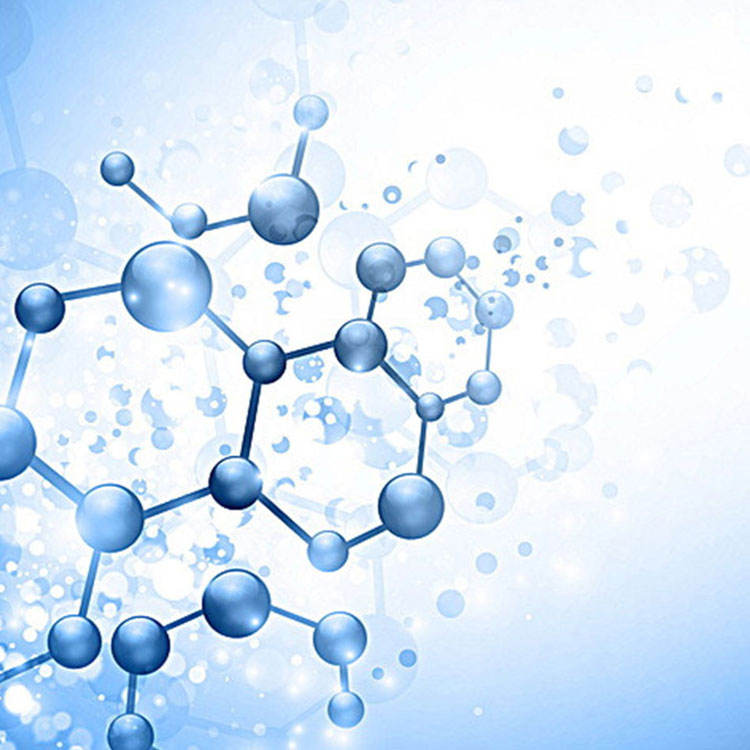Where is cationic sodium hyaluronate mainly used?
2025-05-27
As a chemically modified functional biomaterial, cationic sodium hyaluronate shows unique application potential in the medical field. The cationic groups introduced in its molecular structure not only retain the inherent biocompatibility and lubrication properties of hyaluronic acid, but also give it stronger adhesion and targeting, making it play an important role in drug delivery, tissue repair and infection control.
In the field of drug delivery, cationic sodium hyaluronate can bind to negatively charged cell membranes through electrostatic interactions, significantly improving the enrichment of drugs in the lesion site and prolonging the duration of action. For example, it is used in ocular drug delivery systems to enhance corneal adhesion and improve the efficacy of drugs for treating dry eye or glaucoma. In the field of tissue engineering, this material can efficiently adsorb growth factors or stem cells due to its positive charge characteristics, accelerate the wound healing process, and is particularly suitable for the repair of chronic and difficult-to-heal wounds such as diabetic ulcers.
In addition, the antibacterial properties of cationic sodium hyaluronate give it a unique advantage in the management of infectious wounds. Its cationic groups can destroy the bacterial cell membrane structure, inhibit the colonization of pathogenic microorganisms, and maintain a moist wound environment to form a physical barrier. In recent years, studies have also found that cationic sodium hyaluronate has potential in the development of gene therapy vectors. It can encapsulate nucleic acid drugs through charge neutralization effects to achieve precise intracellular delivery.
With the advancement of formulation technology, cationic sodium hyaluronate is driving the development of innovative medical products with its multifunctional properties, providing more efficient and safe solutions for clinical treatment.


